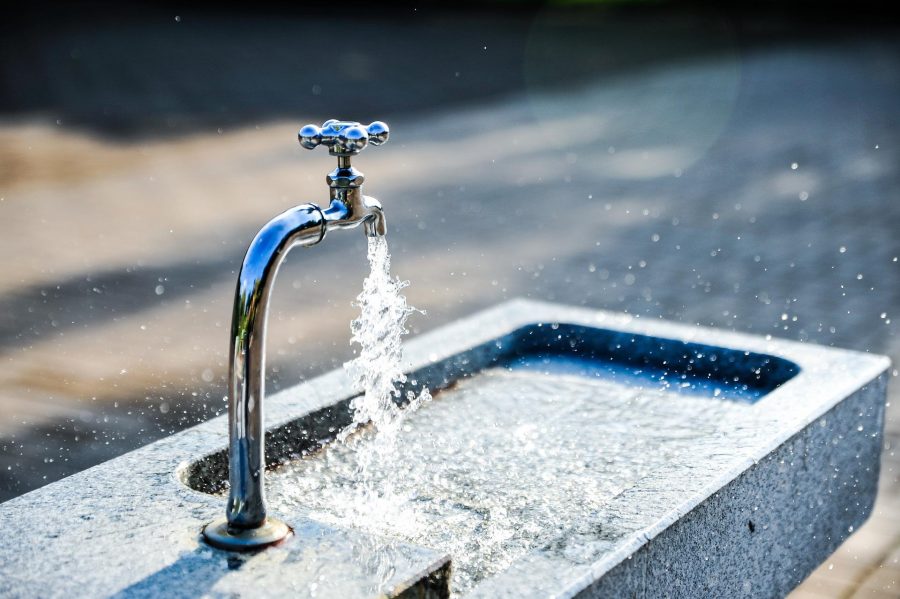Last week, my to-do list hit me with one of those reminders that makes you just sigh:
“Descale Coffee Machine.”
Not exactly glamorous, but apparently adulthood means penciling in quality time with your kettle and coffee maker. So, armed with a bottle of descaling liquid, a jug to catch the runoff, and a podcast queue long enough to outlast the whole ordeal, I got to work.
But here’s the fun part: descaling isn’t just about saving your coffee from tasting weird or keeping your appliances alive a little longer. That hard, chalky, white crust we call limescale isn’t just ugly on faucets and tiles — it’s the byproduct of fascinating reactions between heat, water, and minerals.
Once you understand what’s really going on behind those chalky white stains, you stop seeing limescale as just an annoying crust to scrub off. It’s basically a chemistry demo happening in your sink, kettle, or coffee machine — and the more you know, the better you can prevent it, fight it, and even save your appliances from an early retirement.
So, let’s zoom in on how limescale actually forms, starting from something as ordinary as the water coming out of your tap.

